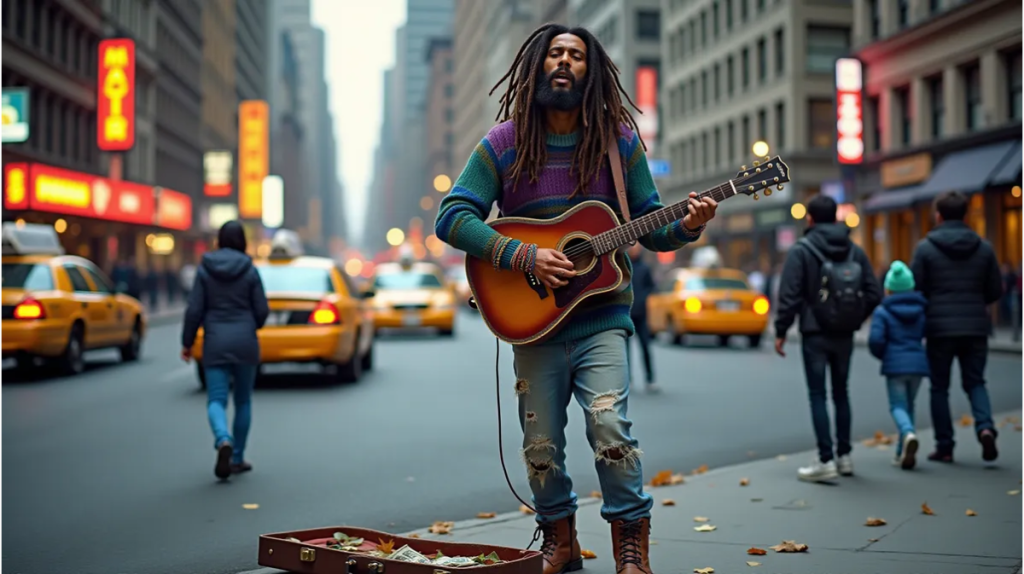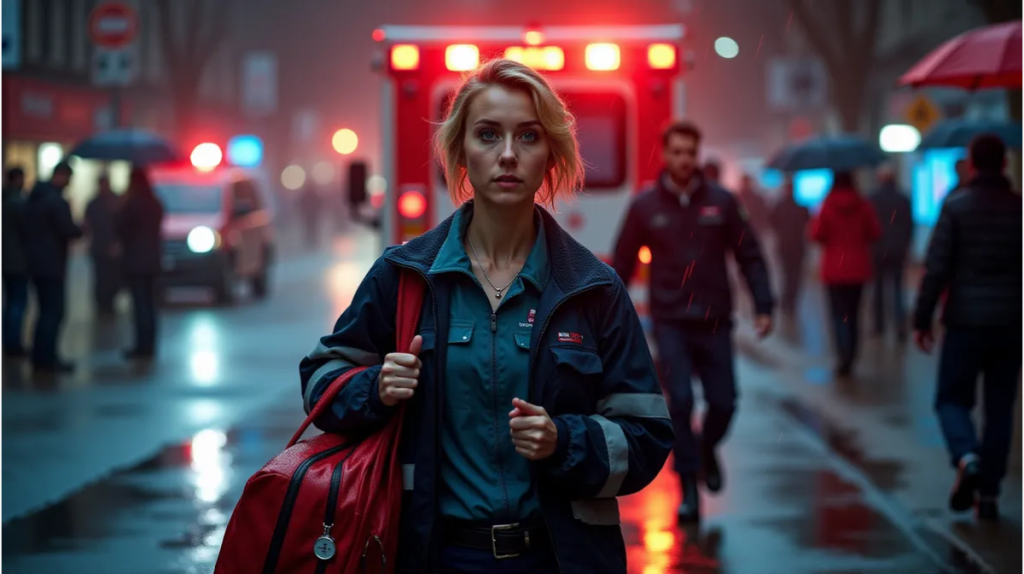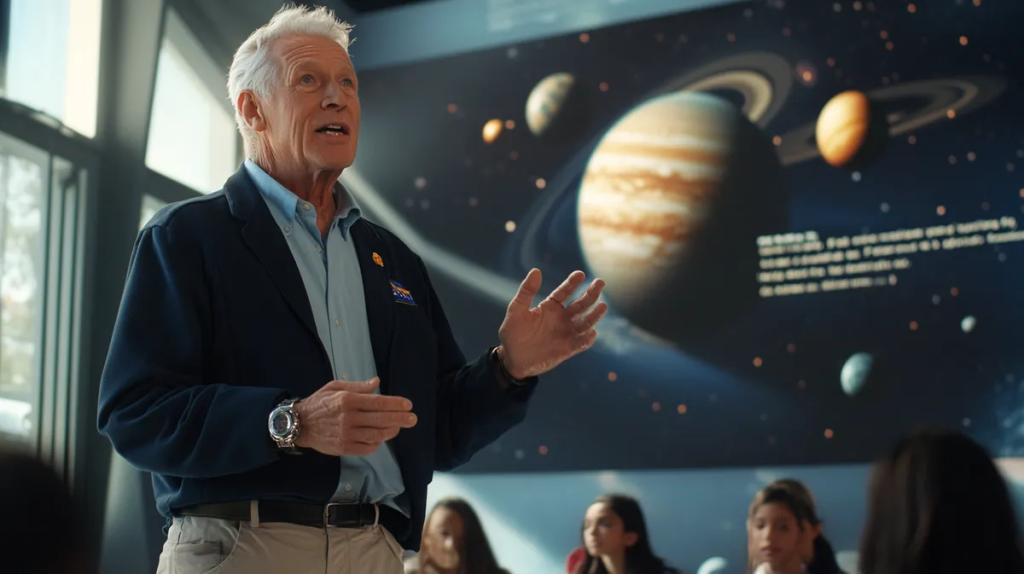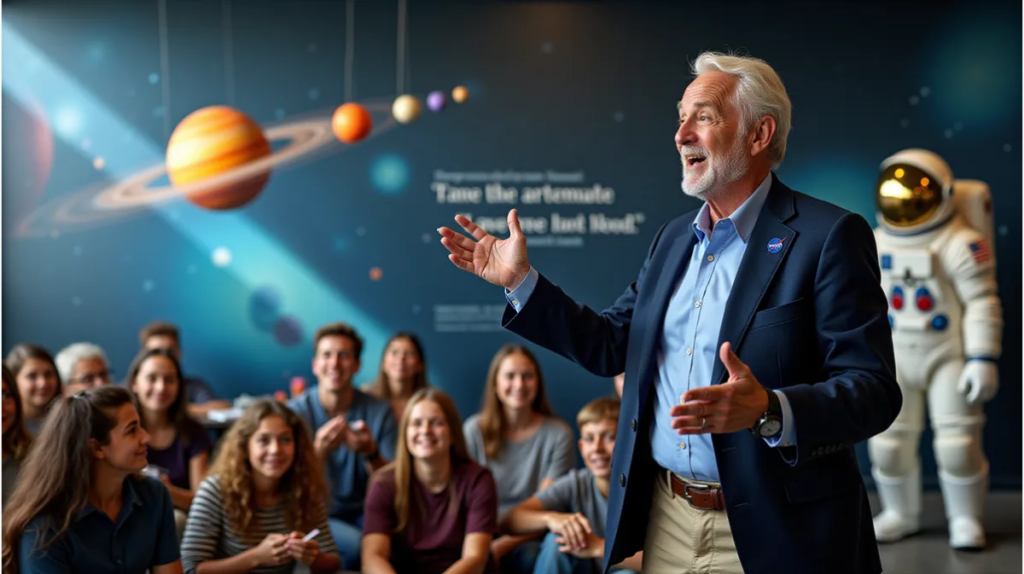AI image generation has taken a significant leap forward, with Flux and Midjourney emerging as two prominent contenders in the field. A recent comparison of these platforms by Tom’s Guide reveals their strengths and weaknesses across various prompts, shedding light on the current state of AI image generation.
The showdown: Flux vs Midjourney: A comprehensive test comparing Flux and Midjourney across five diverse prompts provides insights into the capabilities of these AI image generators.
- The prompts used for testing included a chef in the kitchen, a street musician, a gardener, a paramedic in an emergency, and a retired astronaut.
- Each prompt was used to generate images on both platforms, allowing for a direct comparison of their outputs.
- The evaluation focused on various aspects of image quality, including detail rendering, skin texture, and overall realism.
Midjourney’s edge: Midjourney demonstrated superior performance in three out of five categories, showcasing its strength in generating realistic human images.
- Midjourney excelled in creating images of the chef, musician, and gardener, primarily due to its superior rendering of skin textures.
- The platform’s ability to create more lifelike human subjects gave it a clear advantage in these categories.
- Midjourney’s success in these prompts highlights its proficiency in generating realistic human figures, a crucial aspect of many image generation tasks.
Chef in the Kitchen
Winner: Midjourney

Midjourney. Image credit: Tom’s Guide

Flux. Image credit: Tom’s Guide
Prompt:
A seasoned chef in her mid-50s is captured in action in a bustling professional kitchen. Her salt-and-pepper hair is neatly tucked under a crisp white chef's hat, with a few strands escaping around her temples. Her face, marked with laugh lines, shows intense concentration as she tastes a sauce from a wooden spoon. Her eyes, a warm brown, narrow slightly as she considers the flavor. The chef is wearing a spotless white double-breasted chef's jacket with her name embroidered in blue on the breast pocket. Black and white checkered pants and slip-resistant clogs complete her professional attire. A colorful array of sauce stains on her apron tells the story of a busy service. Behind her, the kitchen is a hive of activity. Stainless steel surfaces gleam under bright overhead lights, reflecting the controlled chaos of dinner service. Sous chefs in white jackets move purposefully between stations, and steam rises from pots on industrial stoves. Plates of artfully arranged dishes wait on the pass, ready for service. In the foreground, a marble countertop is visible, strewn with fresh herbs and exotic spices. A stack of well-worn cookbooks sits nearby, hinting at the chef's dedication to her craft and continuous learning. The overall scene captures the intensity, precision, and passion of high-end culinary artistry.Street Musician
Winner: Midjourney

Midjourney. Image credit: Tom’s Guide

Flux. Image credit: Tom’s Guide
Prompt:
A street musician in his late 30s is frozen in a moment of passionate performance on a busy city corner. His long, dark dreadlocks are caught mid-sway, some falling over his face while others dance in the air around him. His eyes are closed in deep concentration, brows slightly furrowed, as his weathered hands move deftly over the strings of an old, well-loved acoustic guitar. The musician is wearing a vibrant, hand-knitted sweater that's a patchwork of blues, greens, and purples. It hangs loosely over distressed jeans with artistic patches on the knees. On his feet are scuffed brown leather boots, tapping in rhythm with his music. Multiple colorful braided bracelets adorn his wrists, adding to his bohemian appearance. He stands on a gritty sidewalk, with a battered guitar case open at his feet. It's scattered with coins and bills from appreciative passersby, along with a few fallen autumn leaves. Behind him, city life unfolds in a blur of motion: pedestrians hurry past, yellow taxis honk in the congested street, and neon signs begin to flicker to life as dusk settles over the urban landscape. In the foreground, slightly out of focus, a child tugs on her mother's hand, trying to stop and listen to the music. The scene captures the raw energy and emotion of street performance against the backdrop of a bustling, indifferent city.Gardener
Winner: Midjourney

Midjourney. Image credit: Tom’s Guide

Flux. Image credit: Tom’s Guide
Prompt:
An elderly woman in her early 80s is tenderly caring for plants in her rooftop garden, set against a backdrop of a crowded city. Her silver hair is tied back in a loose bun, with wispy strands escaping to frame her kind, deeply wrinkled face. Her blue eyes twinkle with contentment as she smiles at a ripe tomato cradled gently in her soil-stained gardening gloves. She's wearing a floral print dress in soft pastels, protected by a well-worn, earth-toned apron. Comfortable slip-on shoes and a wide-brimmed straw hat complete her gardening outfit. A pair of reading glasses hangs from a beaded chain around her neck, ready for when she needs to consult her gardening journal. The rooftop around her is transformed into a green oasis. Raised beds burst with a variety of vegetables and flowers, creating a colorful patchwork. Trellises covered in climbing vines stand tall, and terracotta pots filled with herbs line the edges. A small greenhouse is visible in one corner, its glass panels reflecting the golden evening light. In the background, the city skyline looms large - a forest of concrete and glass that stands in stark contrast to this vibrant garden. The setting sun casts a warm glow over the scene, highlighting the lush plants and the serenity on the woman's face as she finds peace in her urban Eden.Flux’s strong points: Despite falling slightly behind overall, Flux showed impressive capabilities in certain areas, proving its competitiveness in the AI image generation market.
- Flux outperformed Midjourney in the retired astronaut prompt, demonstrating its ability to handle complex scenarios and futuristic themes.
- The platform excelled in rendering background details and text, showcasing its strength in creating comprehensive and context-rich images.
- Flux’s performance indicates that it can hold its own against more established platforms in specific use cases.
Paramedic
Winner: Draw

Midjourney. Image credit: Tom’s Guide

Flux. Image credit: Tom’s Guide
Prompt:
A young paramedic in her mid-20s is captured in a moment of urgent action as she rushes out of an ambulance on a rainy night. Her short blonde hair is plastered to her forehead by the rain, and droplets cling to her eyelashes. Her blue eyes are sharp and focused, reflecting the flashing lights of the emergency vehicles. Her expression is one of determination and controlled urgency. She's wearing a dark blue uniform with reflective strips that catch the light, the jacket partially unzipped to reveal a light blue shirt underneath. A stethoscope hangs around her neck, bouncing slightly as she moves. Heavy-duty black boots splash through puddles, and a waterproof watch is visible on her wrist, its face illuminated for easy reading in the darkness. In her arms, she carries a large red medical bag, gripping it tightly as she navigates the wet pavement. Behind her, the ambulance looms large, its red and blue lights casting an eerie glow over the rain-slicked street. Her partner can be seen in the background, wheeling out a gurney from the back of the vehicle. In the foreground, blurred by the rain and motion, concerned onlookers gather under umbrellas near what appears to be a car accident scene just out of frame. The wet street reflects the emergency lights, creating a dramatic kaleidoscope of color against the dark night. The entire scene pulses with tension and the critical nature of the unfolding emergency.The tie-breaker: The paramedic prompt resulted in a draw between the two platforms, illustrating the neck-and-neck competition in AI image generation.
- Both Flux and Midjourney produced compelling images for the paramedic prompt, making it difficult to declare a clear winner.
- This tie underscores the rapid advancements in AI image generation technology, with multiple platforms achieving high-quality results.
Retired Astronaut
Winner: Flux

Midjourney. Image credit: Tom’s Guide

Flux. Image credit: Tom’s Guide
Prompt:
A retired astronaut in his late 60s is giving an animated presentation at a science museum. His silver hair is neatly trimmed, and despite his age, he stands tall and straight, a testament to years of rigorous physical training. His blue eyes sparkle with enthusiasm as he gestures towards a large scale model of the solar system suspended from the ceiling. He's dressed in a navy blue blazer with a small, subtle NASA pin on the lapel. Underneath, he wears a light blue button-up shirt and khaki slacks. On his left wrist is a watch that looks suspiciously like the ones worn on space missions. His hands, though showing signs of age, move with the precision and control of someone used to operating in zero gravity. Around him, a diverse group of students listen with rapt attention. Some furiously scribble notes, while others have their hands half-raised, eager to ask questions. The audience is a mix of ages and backgrounds, all united by their fascination with space exploration. The walls of the presentation space are adorned with large, high-resolution photographs of galaxies, nebulae, and planets. Inspirational quotes about exploration and discovery are interspersed between the images. In one corner, a genuine space suit stands in a glass case, adding authenticity to the presenter's words. Sunlight streams through large windows, illuminating particles of dust floating in the air, reminiscent of stars in the night sky. The entire scene is bathed in a sense of wonder and possibility, as the retired astronaut bridges the gap between Earth and the cosmos for his eager audience.Platform accessibility and availability: The comparison also highlighted differences in the platforms’ availability and user access models.
- Flux is an open-source platform available on various systems, making it accessible to a wider range of users and developers.
- Midjourney operates as a closed, paid service, potentially limiting its accessibility but offering a more curated experience.
- These differences in platform models may influence user choice based on factors such as cost, customization needs, and development goals.
Persistent AI tells: Despite the impressive outputs from both platforms, the article notes that AI-generated images still contain identifiable characteristics that distinguish them from human-created content.
- Even with advanced AI image generators, certain “tells” remain that reveal the artificial nature of the images.
- This observation highlights the ongoing challenges in creating truly indistinguishable AI-generated content and the current limitations of the technology.
Looking ahead: The evolving landscape of AI image generation: The close competition between Flux and Midjourney points to a rapidly advancing field with implications for various industries and creative processes.
- As AI image generation technology continues to improve, we can expect even more realistic and versatile outputs in the future.
- The persistent “tells” in AI-generated images suggest that there is still room for improvement, driving ongoing research and development in the field.
- The competition between open-source and closed platforms like Flux and Midjourney may shape the future accessibility and development of AI image generation tools, influencing their adoption across different sectors.
Recent Stories
DOE fusion roadmap targets 2030s commercial deployment as AI drives $9B investment
The Department of Energy has released a new roadmap targeting commercial-scale fusion power deployment by the mid-2030s, though the plan lacks specific funding commitments and relies on scientific breakthroughs that have eluded researchers for decades. The strategy emphasizes public-private partnerships and positions AI as both a research tool and motivation for developing fusion energy to meet data centers' growing electricity demands. The big picture: The DOE's roadmap aims to "deliver the public infrastructure that supports the fusion private sector scale up in the 2030s," but acknowledges it cannot commit to specific funding levels and remains subject to Congressional appropriations. Why...
Oct 17, 2025Tying it all together: Credo’s purple cables power the $4B AI data center boom
Credo, a Silicon Valley semiconductor company specializing in data center cables and chips, has seen its stock price more than double this year to $143.61, following a 245% surge in 2024. The company's signature purple cables, which cost between $300-$500 each, have become essential infrastructure for AI data centers, positioning Credo to capitalize on the trillion-dollar AI infrastructure expansion as hyperscalers like Amazon, Microsoft, and Elon Musk's xAI rapidly build out massive computing facilities. What you should know: Credo's active electrical cables (AECs) are becoming indispensable for connecting the massive GPU clusters required for AI training and inference. The company...
Oct 17, 2025Vatican launches Latin American AI network for human development
The Vatican hosted a two-day conference bringing together 50 global experts to explore how artificial intelligence can advance peace, social justice, and human development. The event launched the Latin American AI Network for Integral Human Development and established principles for ethical AI governance that prioritize human dignity over technological advancement. What you should know: The Pontifical Academy of Social Sciences, the Vatican's research body for social issues, organized the "Digital Rerum Novarum" conference on October 16-17, combining academic research with practical AI applications. Participants included leading experts from MIT, Microsoft, Columbia University, the UN, and major European institutions. The conference...
